

| Sunday | 10:00 am | 5:00 pm |
| Monday | 10:00 am | 5:00 pm |
| Tuesday | 10:00 am | 5:00 pm |
| Wednesday | Closed | |
| Thursday | 10:00 am | 5:00 pm |
| Friday | 10:00 pm | 9:00 pm |
| Saturday | 10:00 am | 9:00 pm |

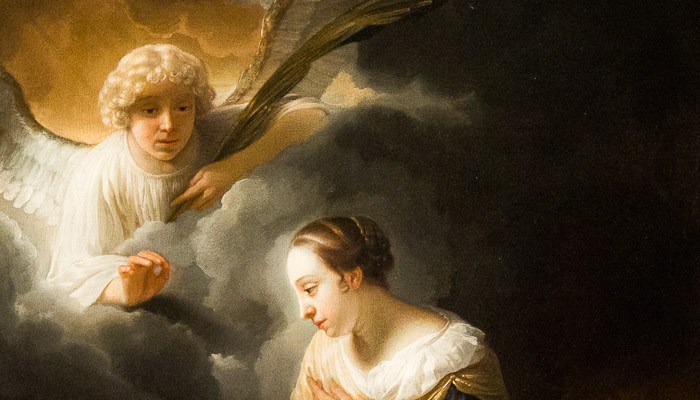

As a result of the Met's European Paintings galleries continued renovation, many core pieces of the permanent collection are not on display. This exhibit puts some of those highlights back on display with a look at the ever-popular Golden Age of Dutch paintings from the 17th-century headlining Rembrandt, Vermeer, Hals, and more.
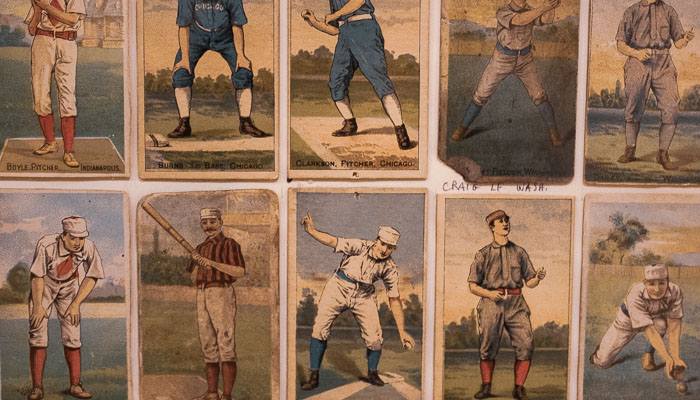

The Met almost always has a small sample of baseball cards from the vast collection of Jefferson R. Burdick on display in a small corner of the American Wing. It is an altogether appropriate addition of a uniquely American art form based on a uniquely American sport. It takes some searching to find the display, tucked away in visible storage, but it is well worth the trouble.
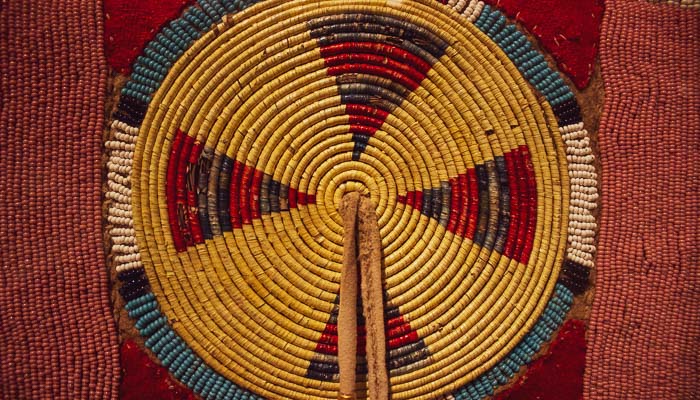

The Met has a long history of collecting and displaying art produced by the indigenous peoples of the world in its large [Arts of Africa, Oceania, and the Americas Collection](/museums/metropolitan-museum-of-art/collections/arts-of-africa-oceania-americas). This exhibition of recent acquisitions marks a revolutionary change. Showcased alongside the colonial rooms and baseball cards in the American Wing, this marks the first time Native American arts have been included in the museum's definition of 'American.'
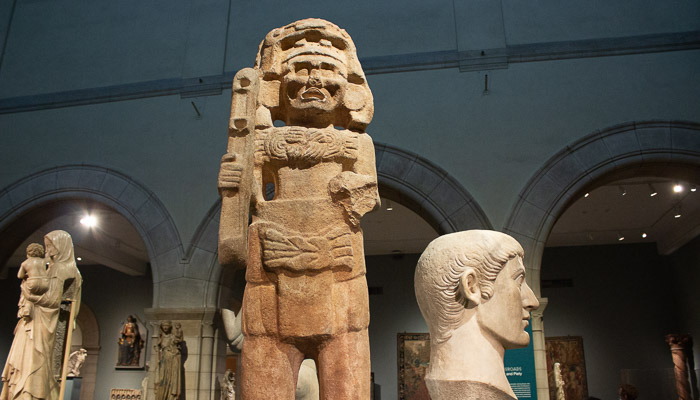

*Crossroads* is an interesting experiment in curation. The Met uses physical intersections in the museum to showcase cultural intersections. Most of the interesting evolutions in creative culture are the result of the blending of disparate cultures at key locations and important times. The island of Cyprus is a perfect example of this phenomenon. See this, then explore the four other installations related to this.
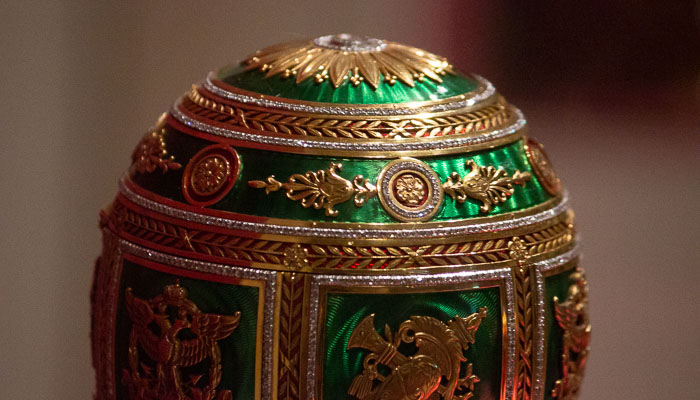

Matilda Geddings Grey's collection of Faberge has been on display at the Met since 2011, seemingly an ever-present part of the museum's collection. However, the long-term loan is coming to an end, scheduled to close at the end of November 2021. You still have plenty of time to see this unique collection, which includes three of the famed 50 Imperial Easter Eggs commissioned by the Romanov family in 1885.